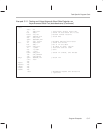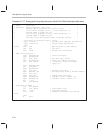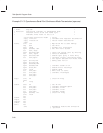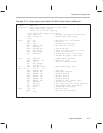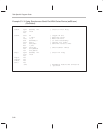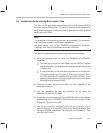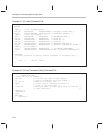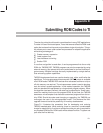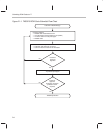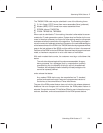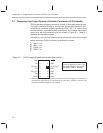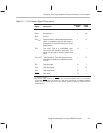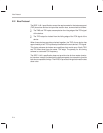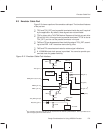
D-1
Appendix A
Submitting ROM Codes to TI
The size of a printed circuit board is a consideration in many DSP applications.
To make full use of the board space, Texas Instruments offers this ROM code
option that reduces the chip count and provides a single-chip solution. This op-
tion allows you to use a code-customized processor for a specific application
while taking advantage of:
Greater memory expansion
Lower system cost
Less hardware and wiring
Smaller PCB
If a routine or algorithm is used often, it can be programmed into the on-chip
ROM of a TMS320 DSP. TMS320 programs can also be expanded by using
external memory; this reduces chip count and allows for a more flexible pro-
gram memory. Multiple functions are easily implemented by a single device,
thus enhancing system capabilities.
TMS320 development tools are used to develop, test, refine, and finalize the
algorithms. The microprocessor/microcomputer (MP/MC
) mode is available
on all ROM-coded TMS320 DSP devices when accesses to either on-chip or
off-chip memory are required. The microprocessor mode is used to develop,
test, and refine a system application. In this mode of operation, the TMS320
acts as a standard microprocessor by using external program memory. When
the algorithm has been finalized, the code can be submitted to Texas Instru-
ments for masking into the on-chip program ROM. At that time, the TMS320
becomes a microcomputer that executes customized programs from the on-
chip ROM. Should the code need changing or upgrading, the TMS320 can
once again be used in the microprocessor mode. This shortens the field-
upgrade time and avoids the possibility of inventory obsolescence.
Figure D–1 illustrates the procedural flow for developing and ordering
TMS320 masked parts. When ordering, there is a one-time, nonrefundable
charge for mask tooling. A minimum production order per year is required for
any masked-ROM device. ROM codes will be deleted from the TI system one
year after the final delivery.
Appendix D



